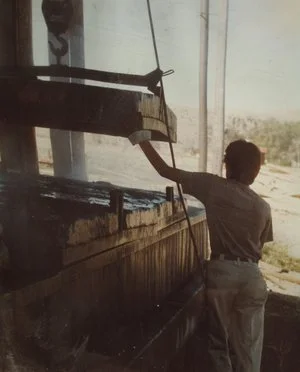Nespelem Post & Pole and Mineral Hill Cleanup Project
Nespelem, WA | Historical Wood Treatment Contamination
In 1980, a large spill of pentachlorophenol (PCP) and diesel occurred at the Nespelem Post & Pole (NPP) facility. About 3,000 cubic yards of contaminated soil were removed and transported two miles west to the Mineral Hill site, where it was expected to be detoxified through landfarming. However, a significant volume of contaminated soil remained on-site at NPP, mostly at depths greater than 15 feet.
Over the years, the Environmental Trust Department (ETD) conducted hot spot removals and detailed environmental investigations at both sites. Testing confirmed that groundwater beneath NPP had not been affected, based on four years of monitoring and four consecutive quarters of sampling. At Mineral Hill, while soil remained contaminated above Colville Tribal cleanup standards, it had not migrated beyond the original footprint.
There was no federal requirement for cleanup at either site since the spill occurred before EPA's wood treatment regulations took effect. However, there was strong community concern, especially because Mineral Hill is a culturally important area used for root gathering. The unresolved contamination at both sites also posed future land use restrictions, potential exposure risks, and groundwater vulnerability.
To protect health and the environment, the Colville Tribes voluntarily initiated a cleanup plan. This effort was carefully designed to avoid triggering stricter federal oversight, which would have made cleanup unaffordable.
2014 Cleanup at the Nespelem Post & Pole site


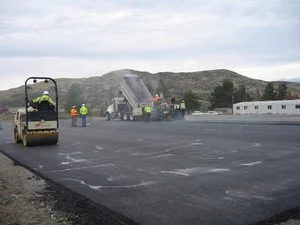
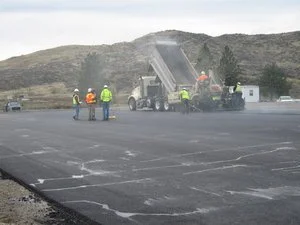

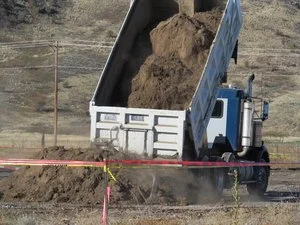


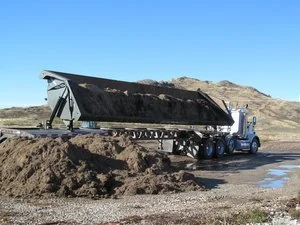

In 2012, contaminated soils at NPP were consolidated at the original 1980 spill location. Then, in 2014, all contaminated soil from Mineral Hill was returned to the NPP site and compacted to engineered standards. Air quality was continuously monitored during this process to ensure safety for workers and nearby Tribal staff.
A 27,000 square foot, two-inch thick asphalt cap was installed over the soil to prevent water infiltration and further contamination. While the cap was originally intended to support a new solid waste transfer station and recycling center, long-term planning delays led to a redesign. The site is now being considered for future use as a multi-unit storage facility for Tribal departments and local residents.
The Mineral Hill site has been fully restored and is ready for reseeding with native grasses. A blessing of the restored site is planned to coincide with the planting. For more information about the blessing or community involvement in this project, contact Kathy Moses at extension 2413.
Cleanup at both sites reflects the Tribe’s commitment to protecting natural and cultural resources, even when not required by outside agencies. This project prioritizes land stewardship and Tribal values over traditional economic return.
2014 Cleanup at the Mineral Hill Landfarm Site
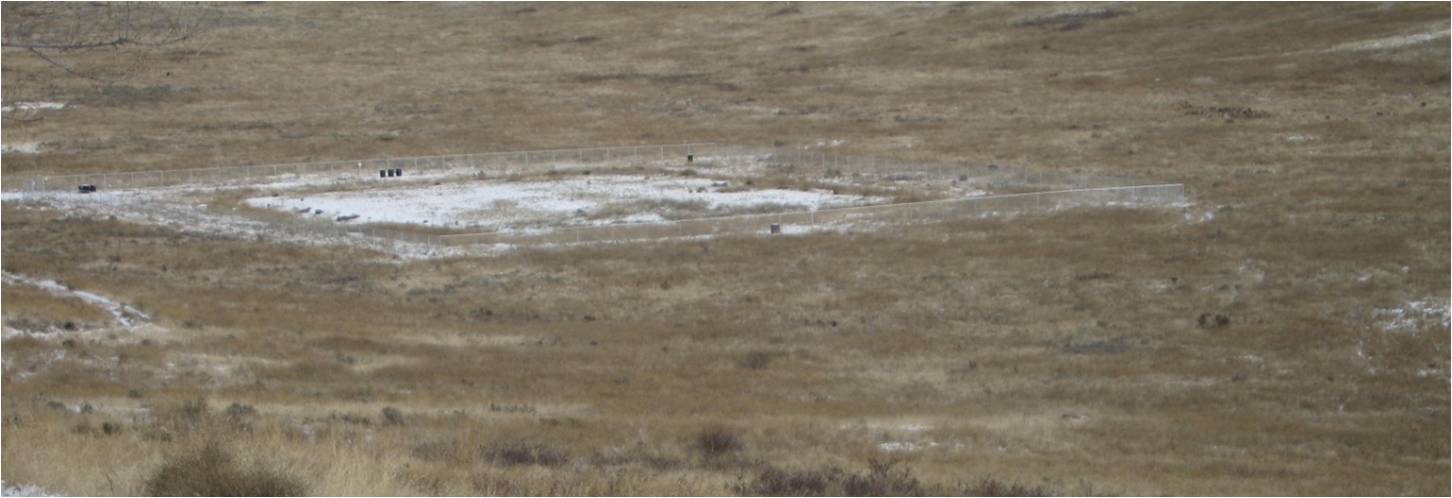
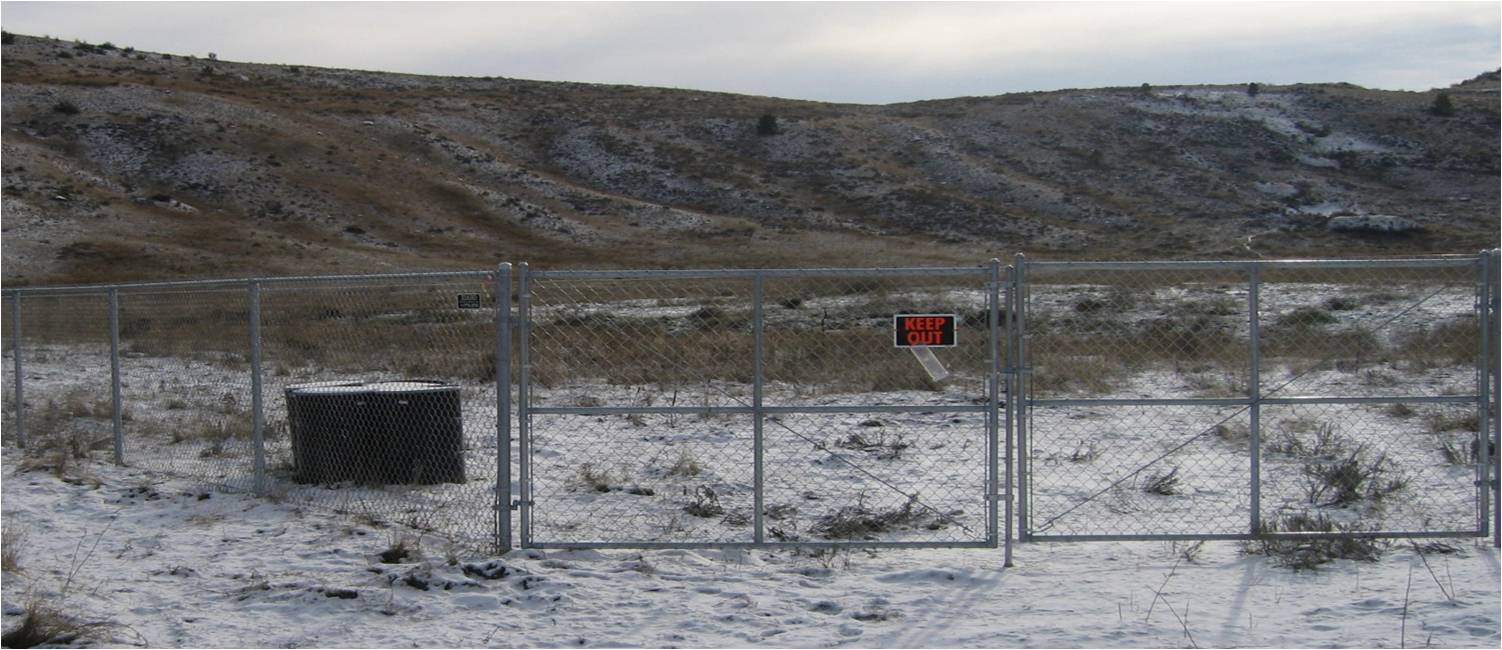
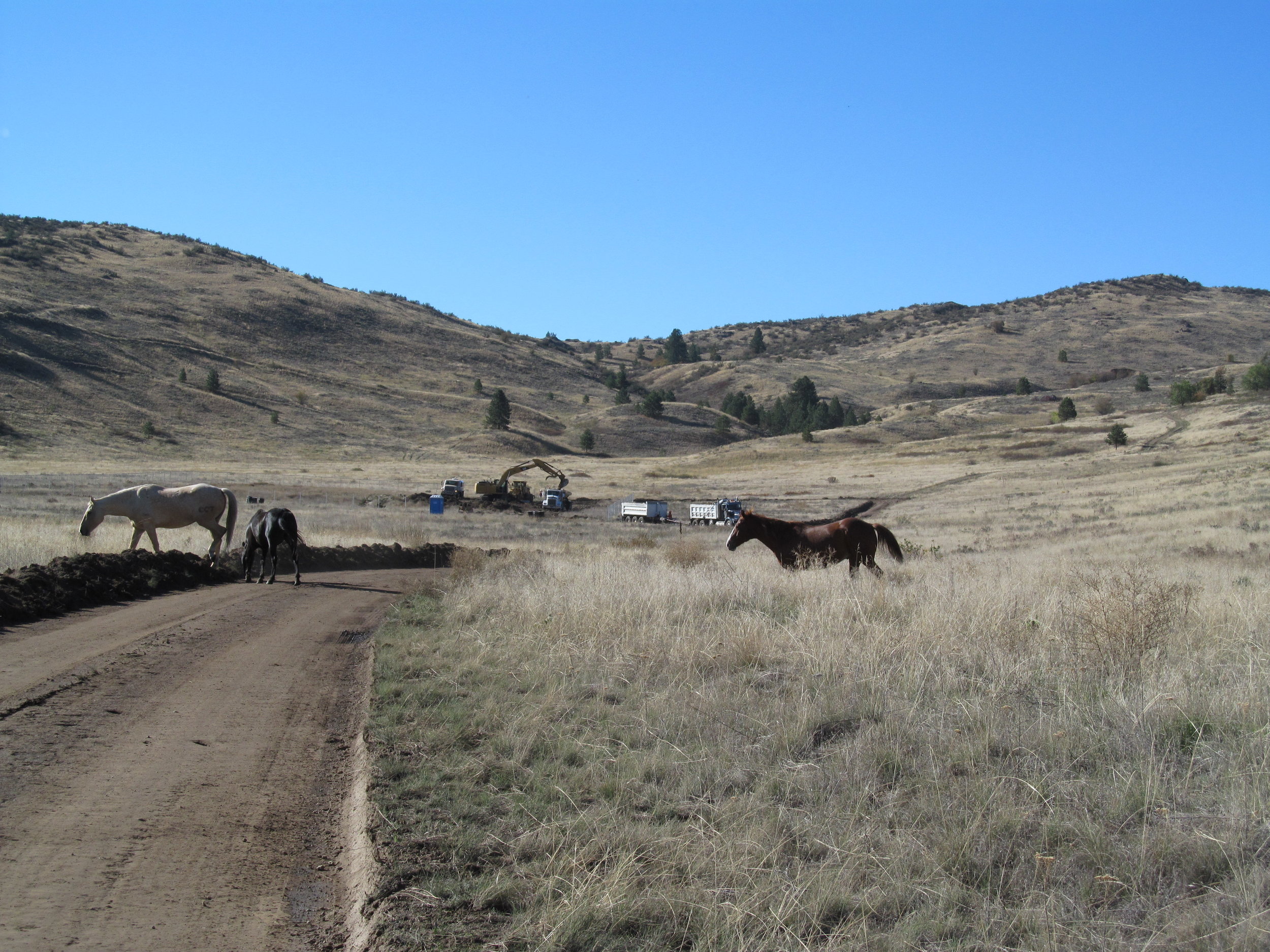
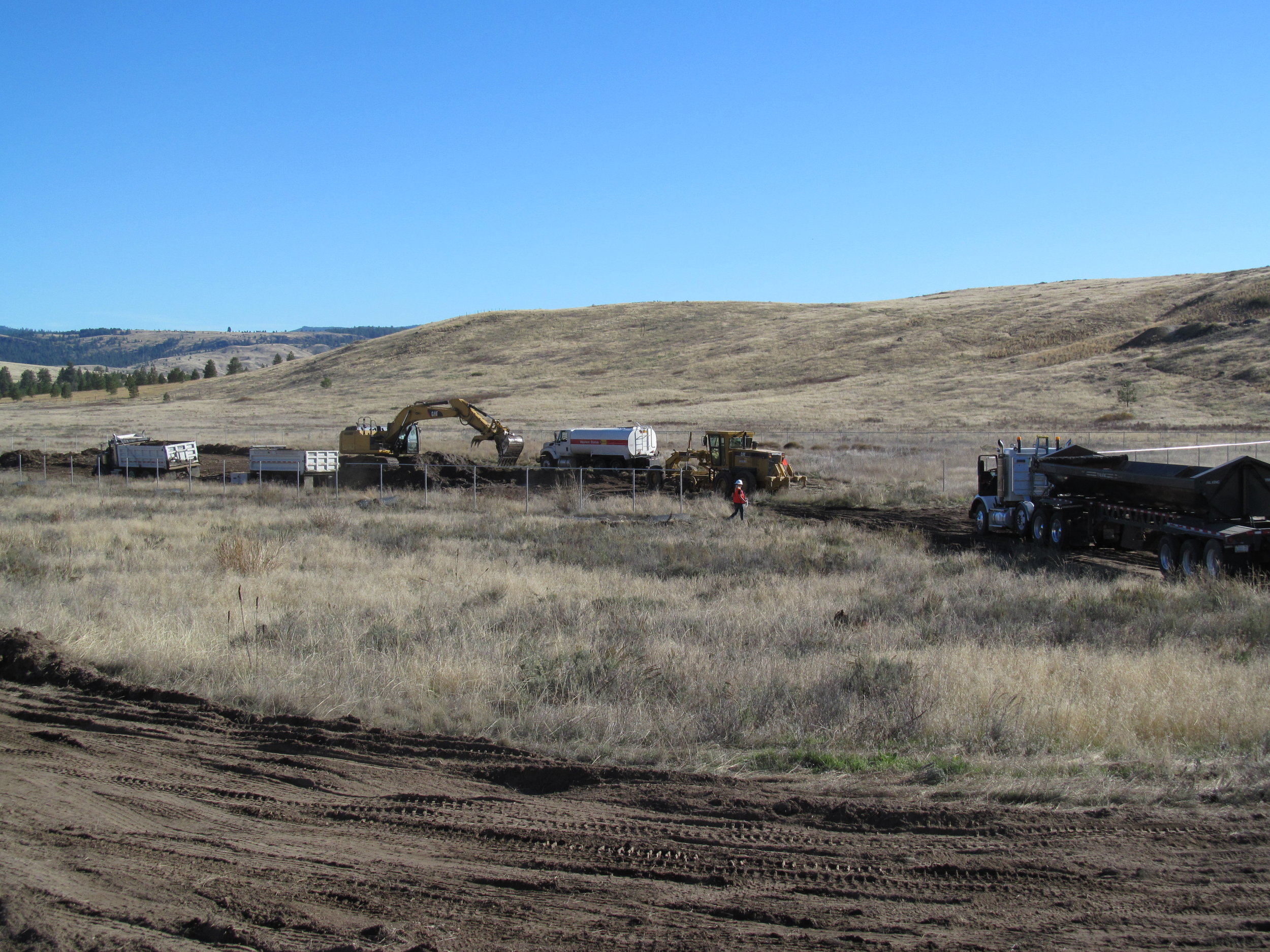
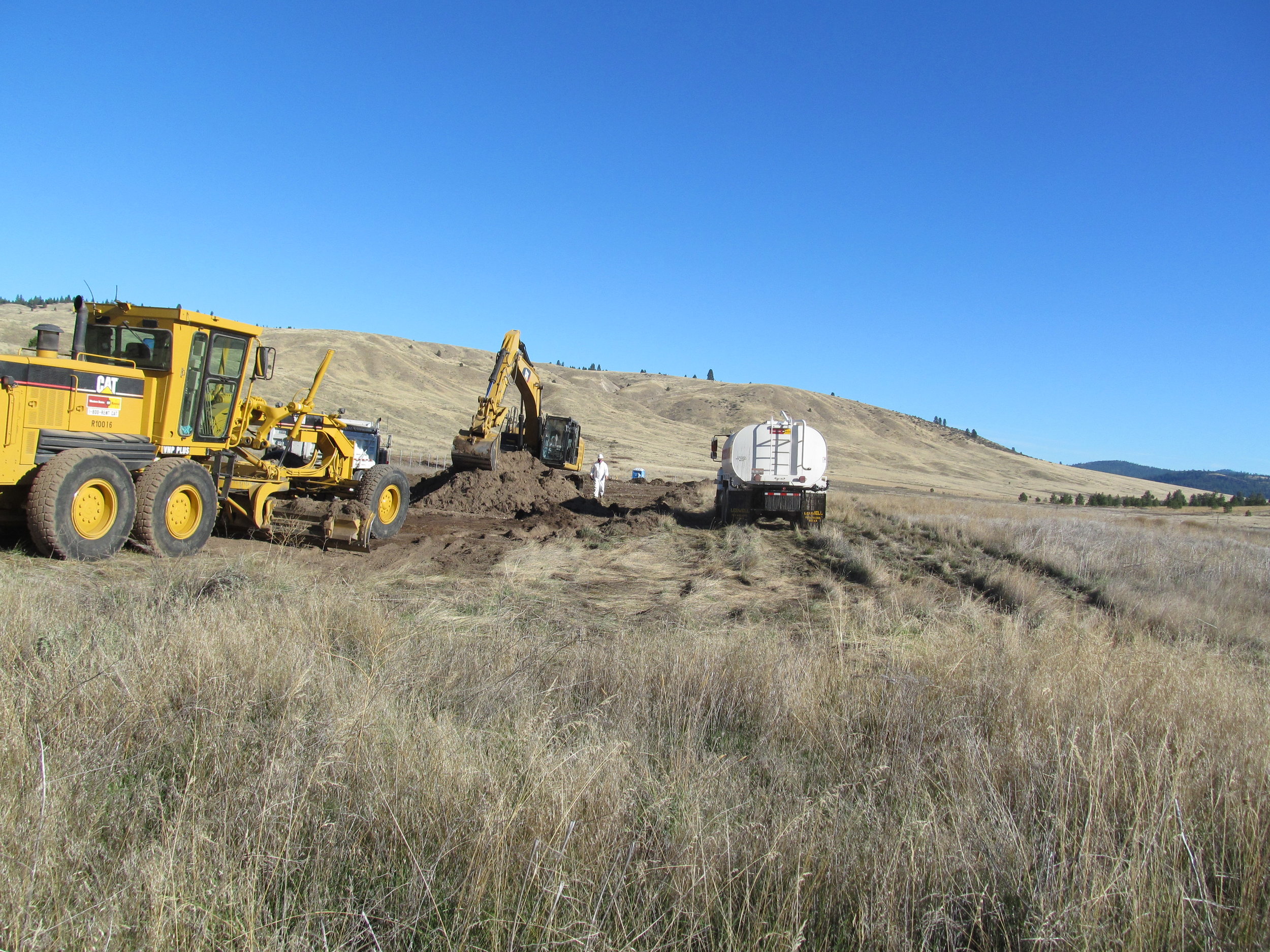
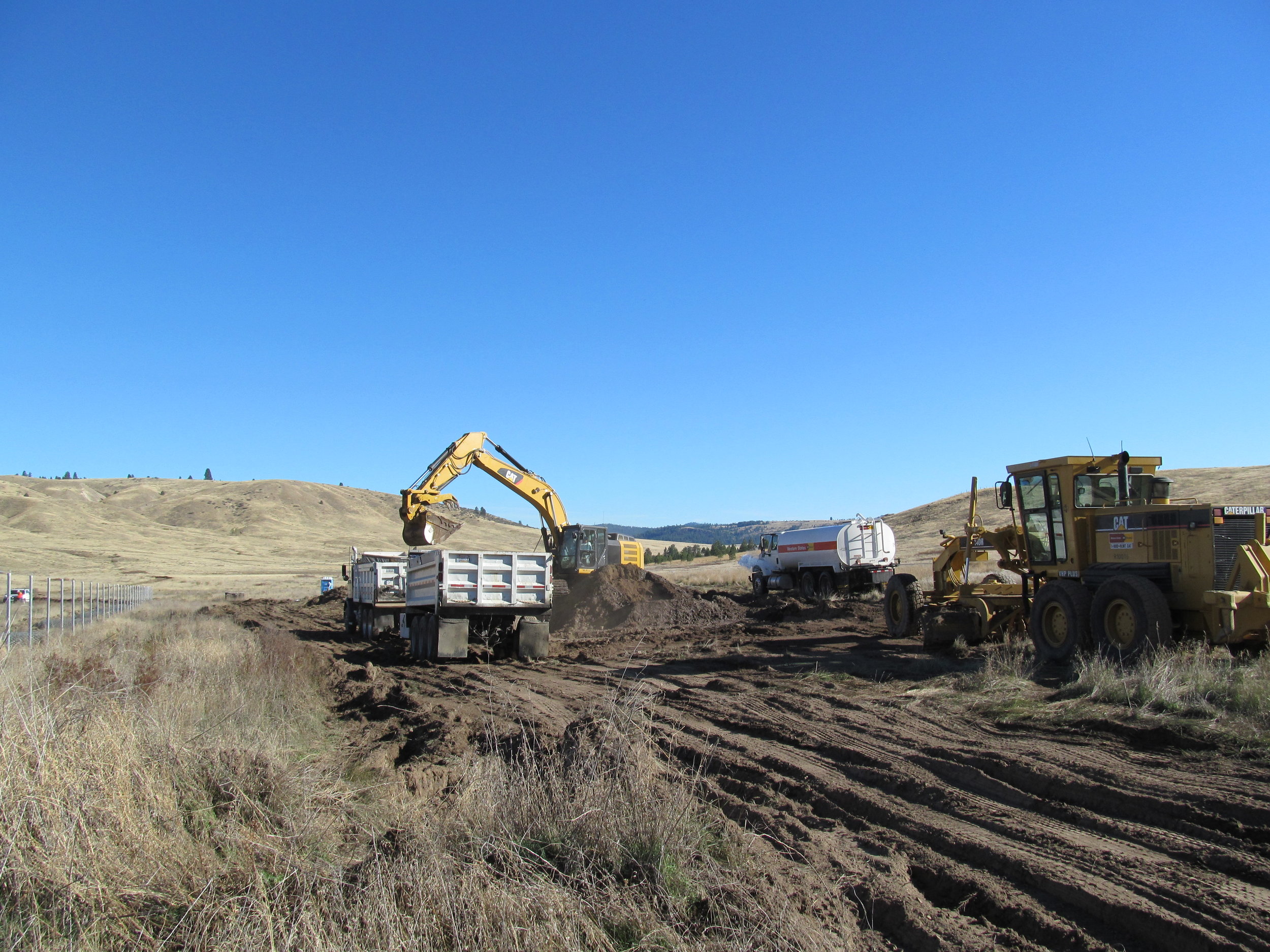
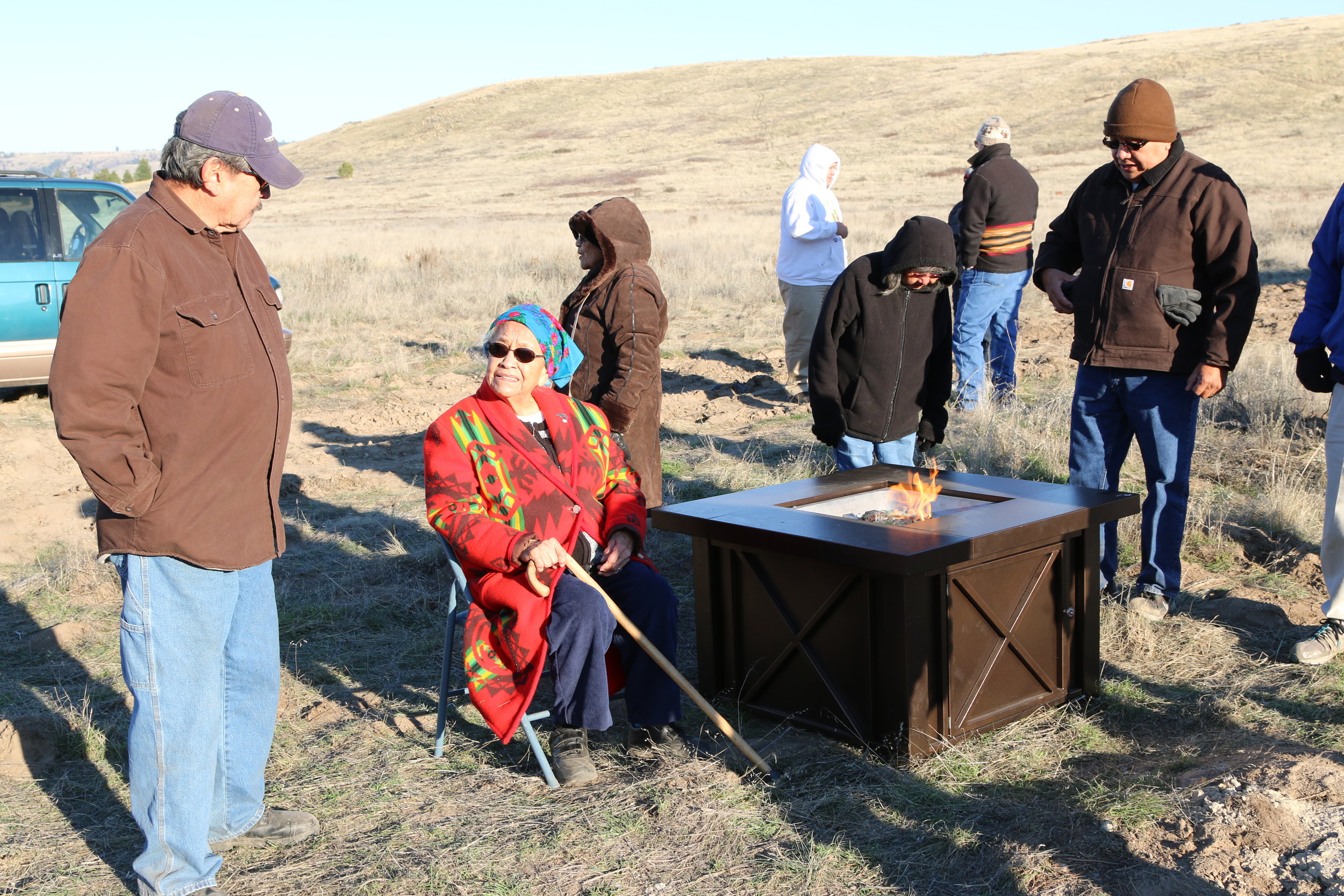

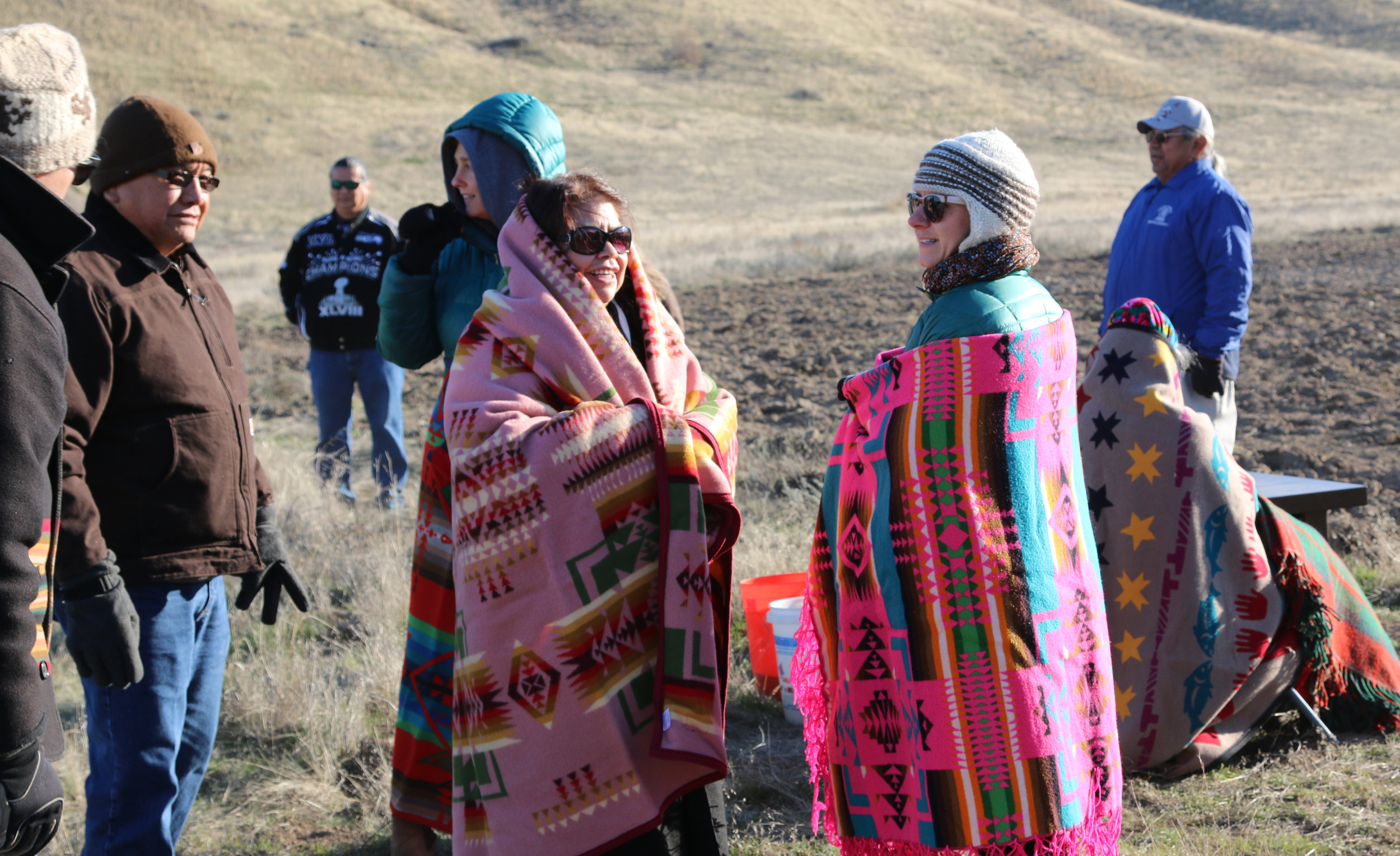

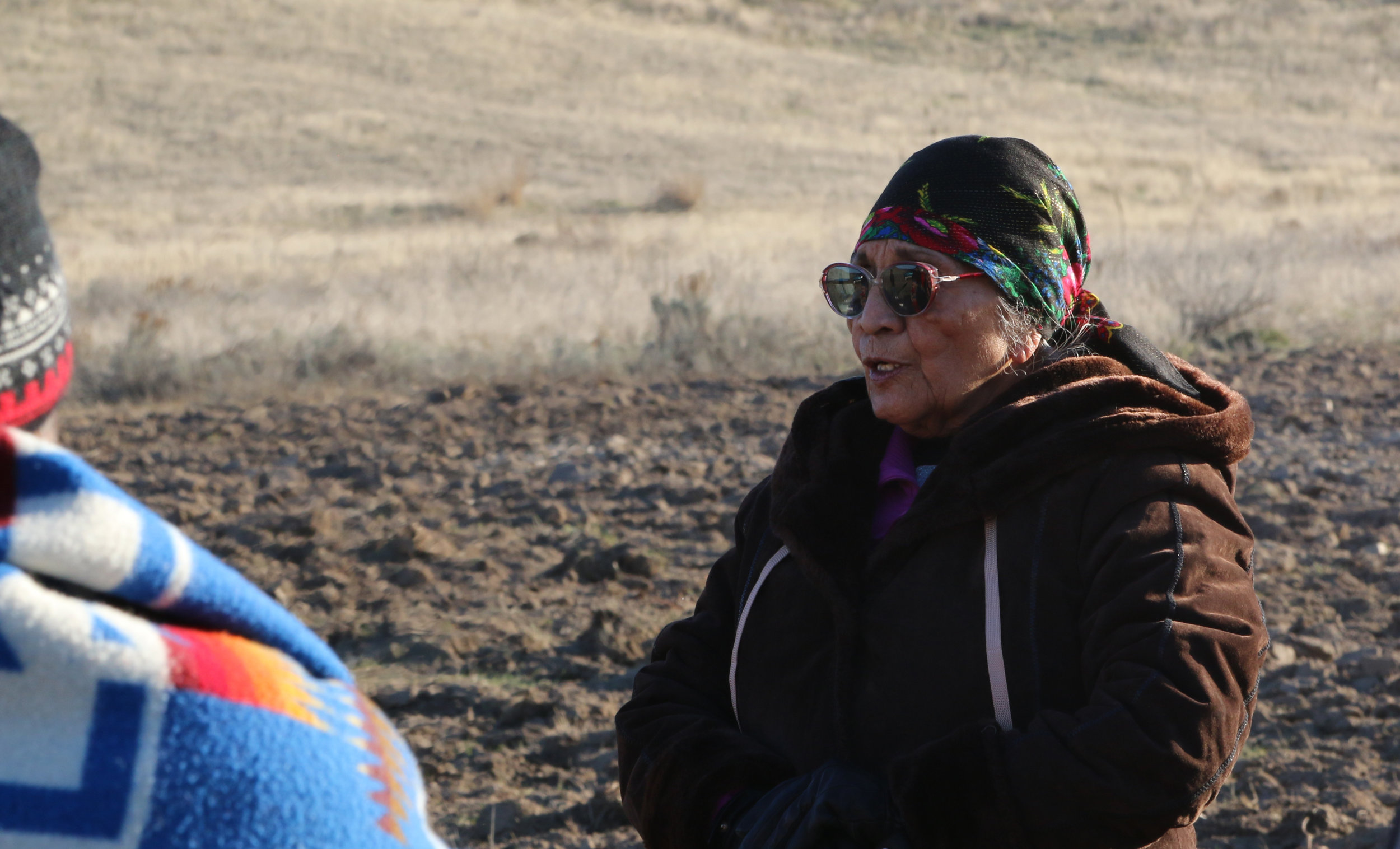

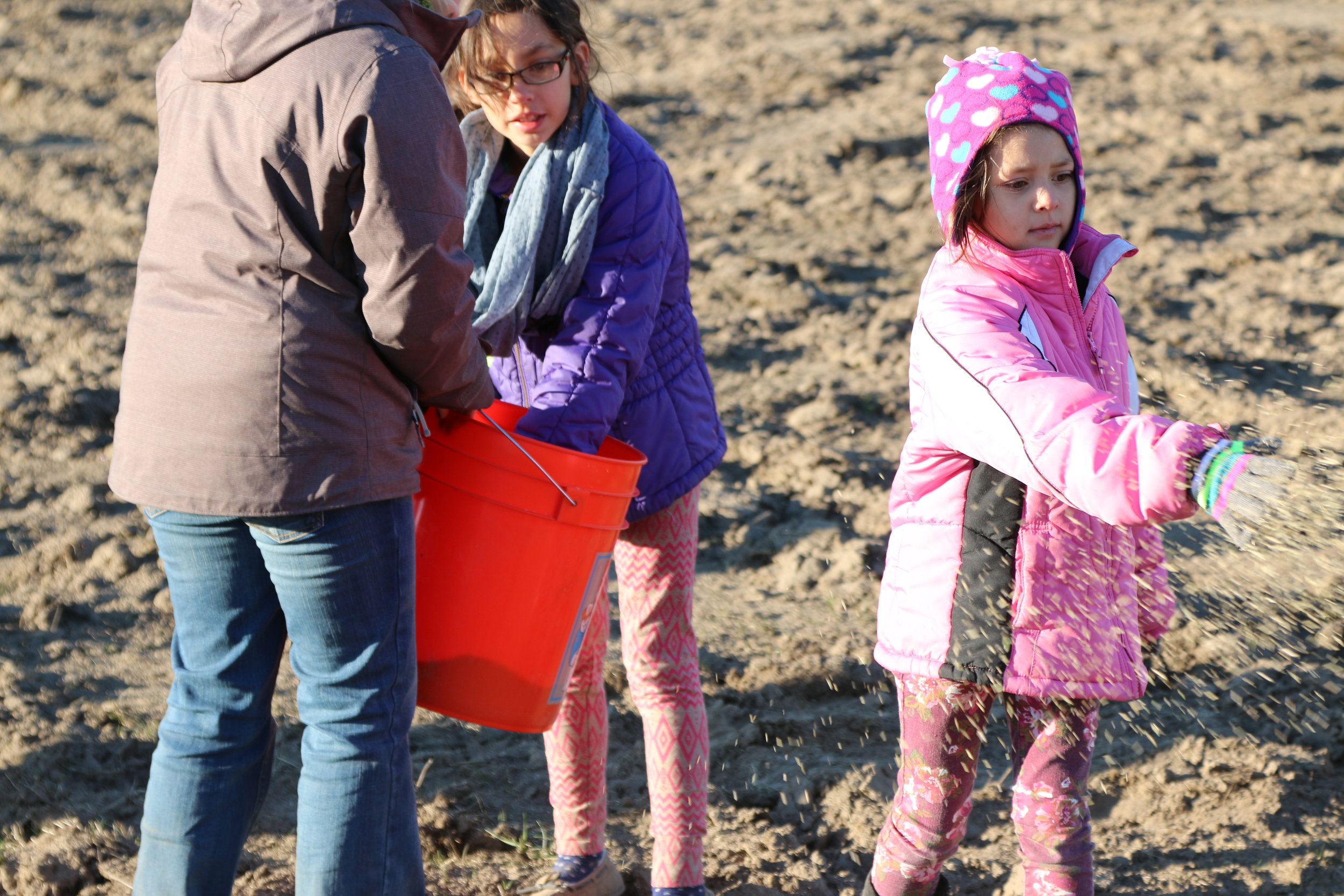
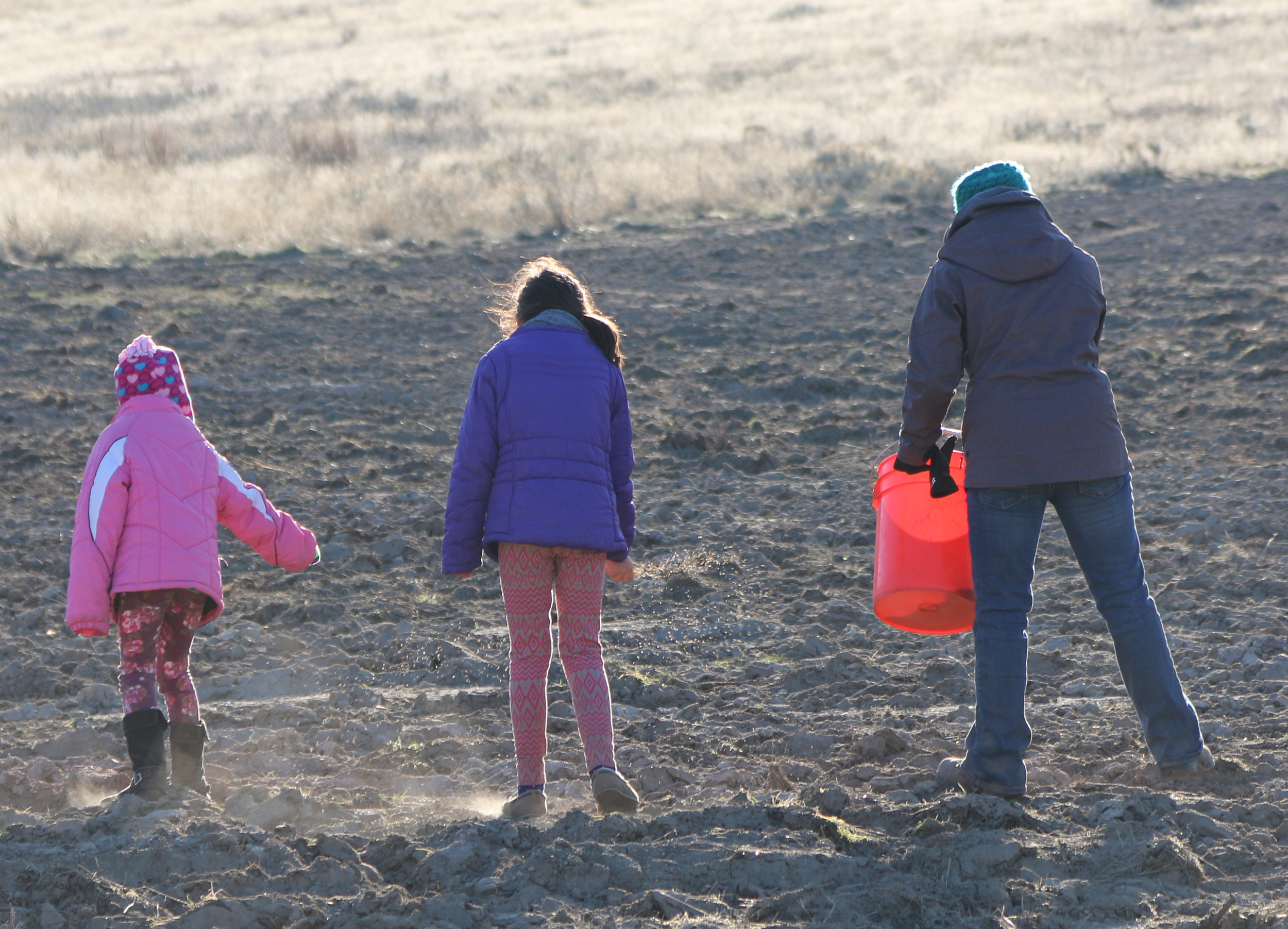
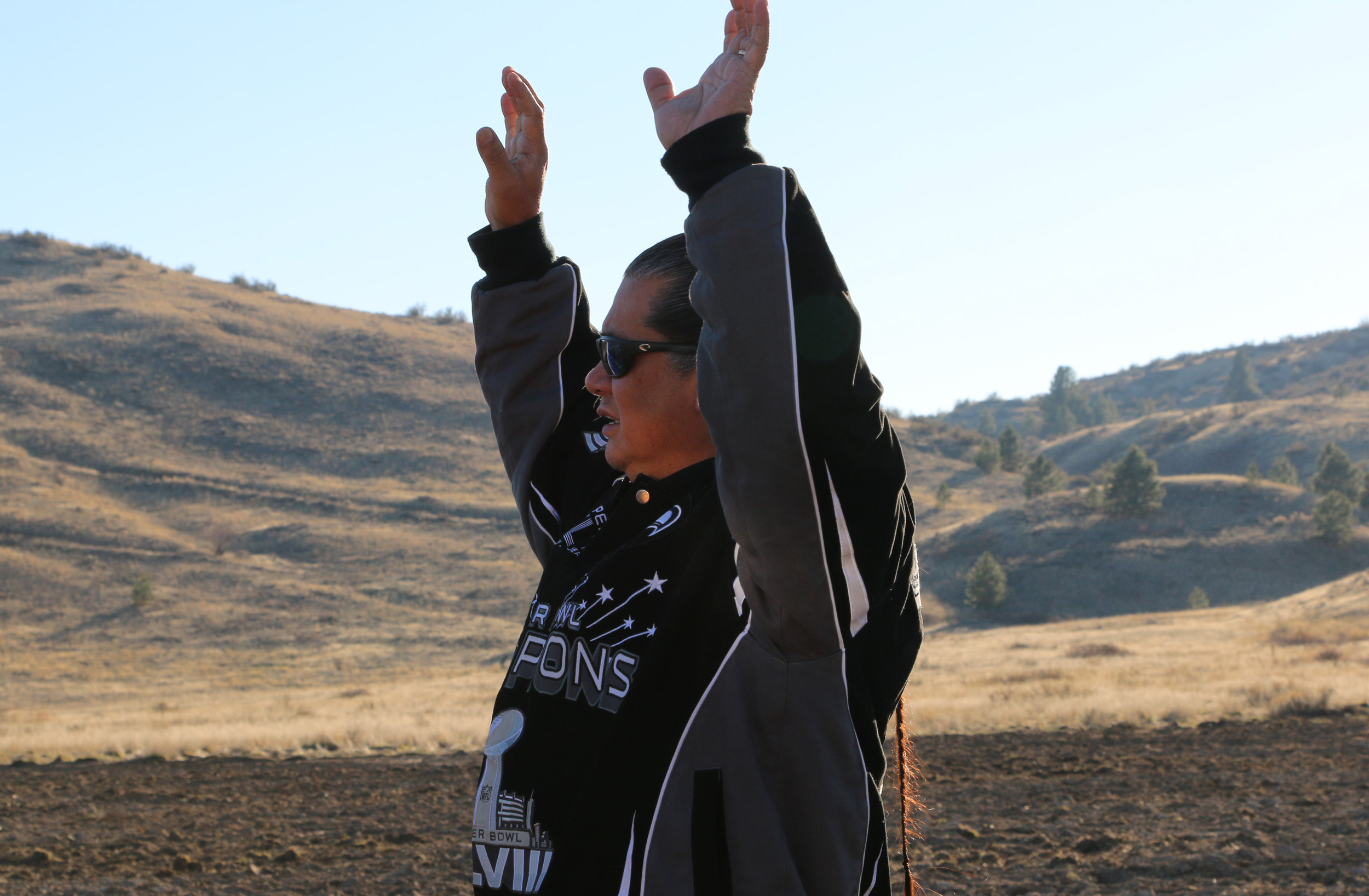
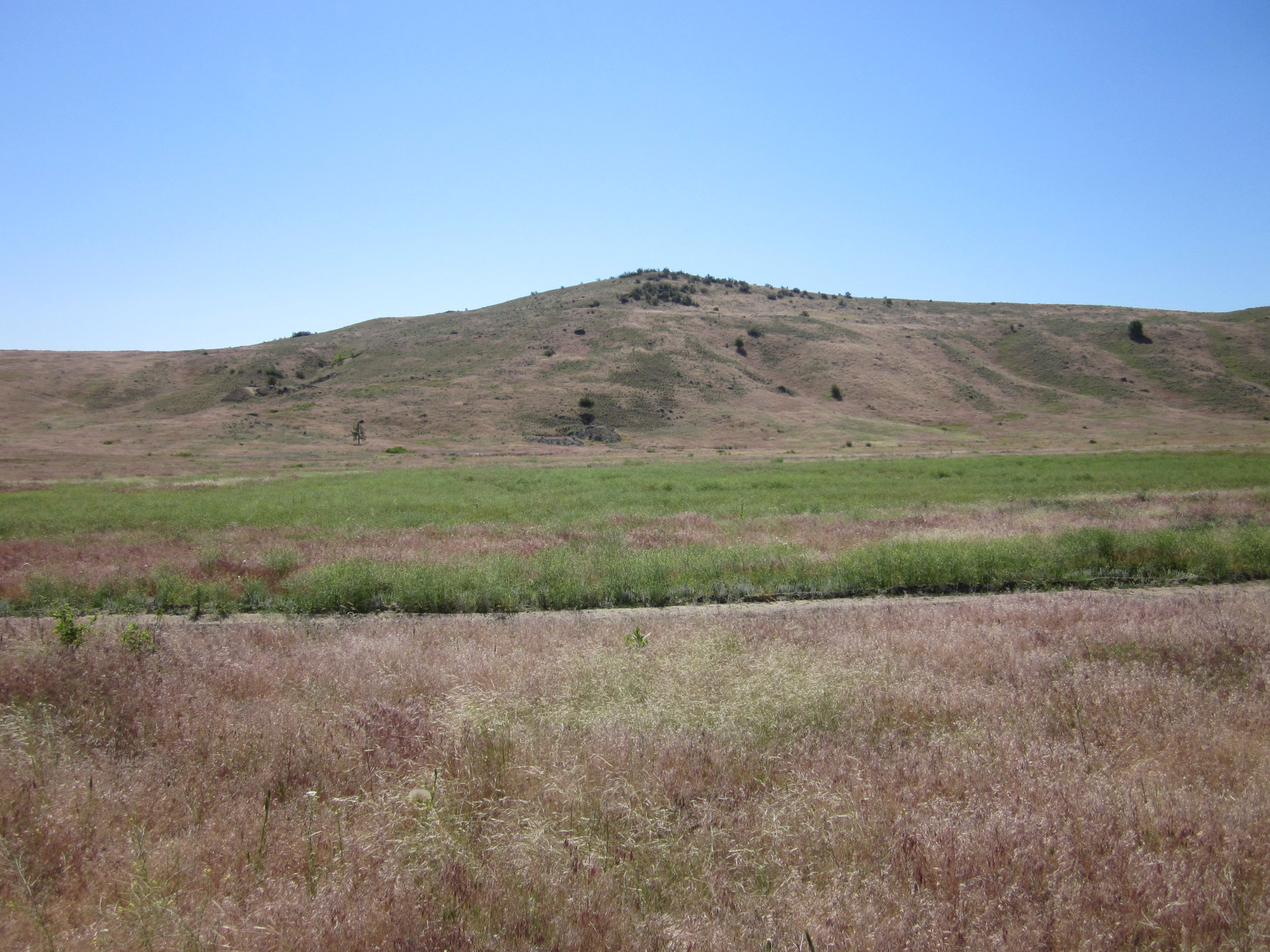
Project Funding
Environmental investigations and hot spot removals (since 2005): EPA 128(a) Tribal Response Program
Cap design: EPA Area-Wide Planning Grant + 128(a) support
Soil relocation and compaction: CCT Cleanup Fund + 128(a)
Engineered cap construction: EPA Brownfields 104(k) Grant + 128(a)

